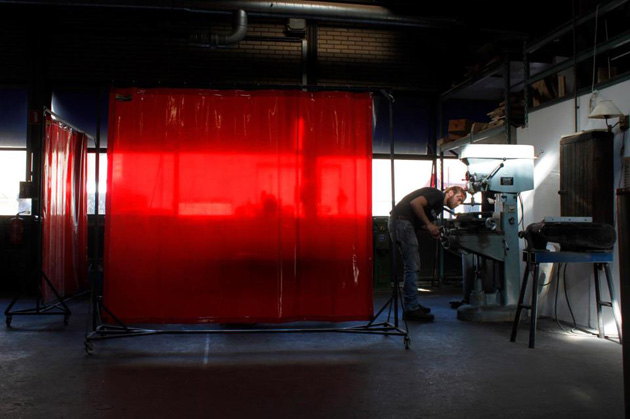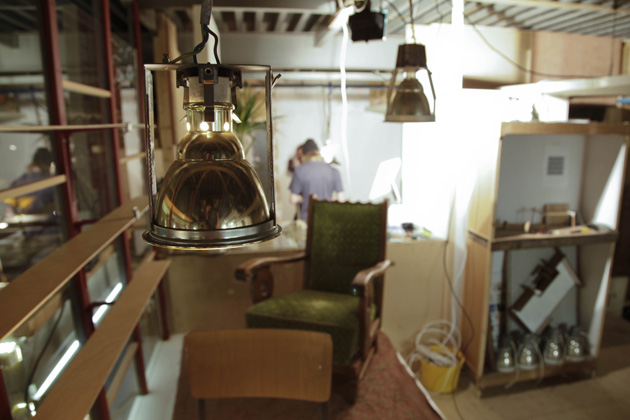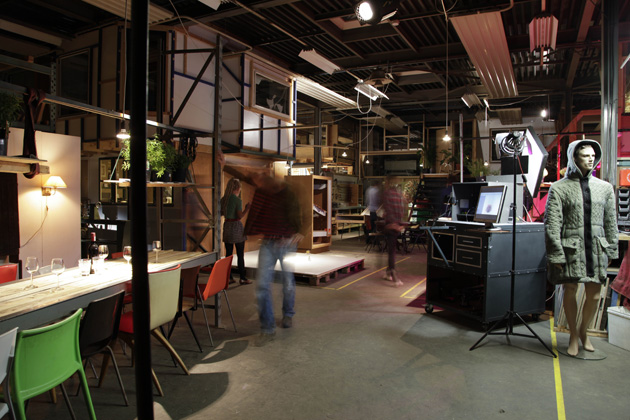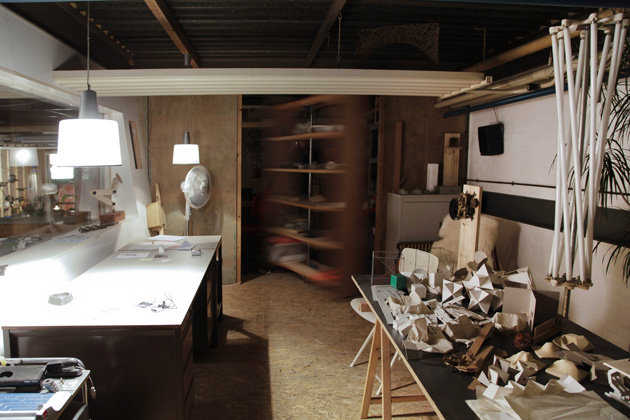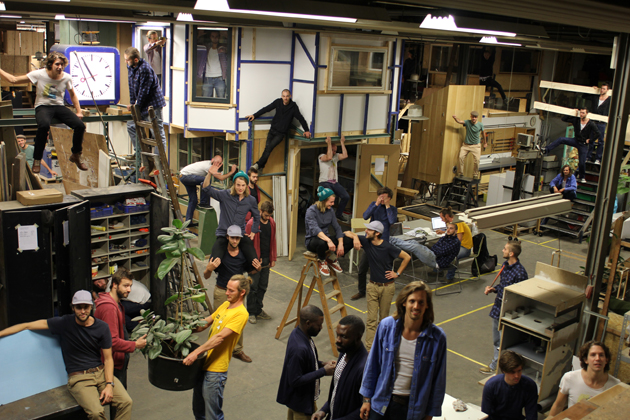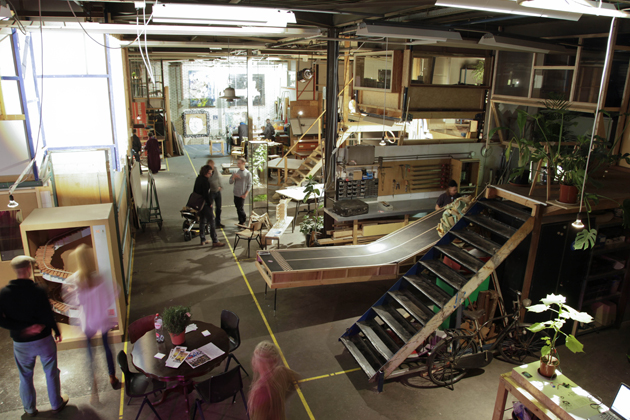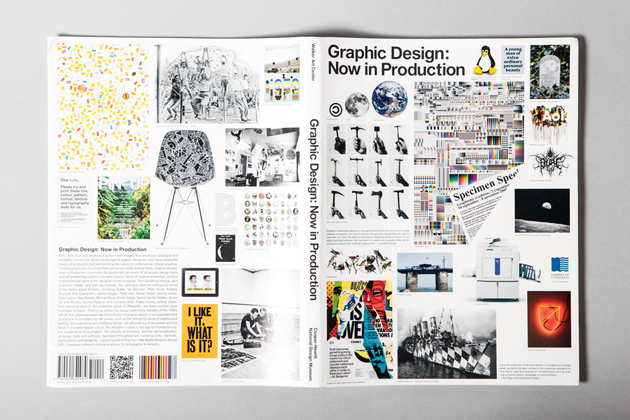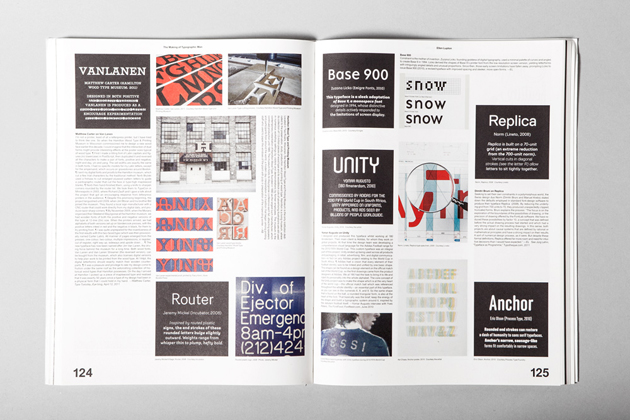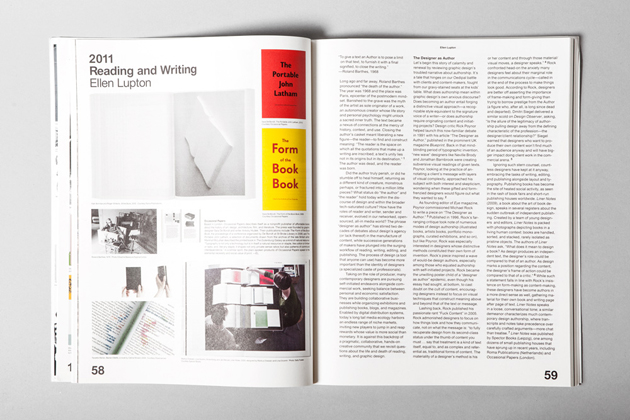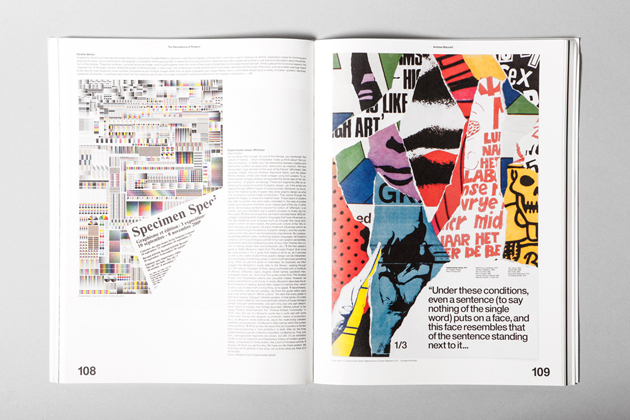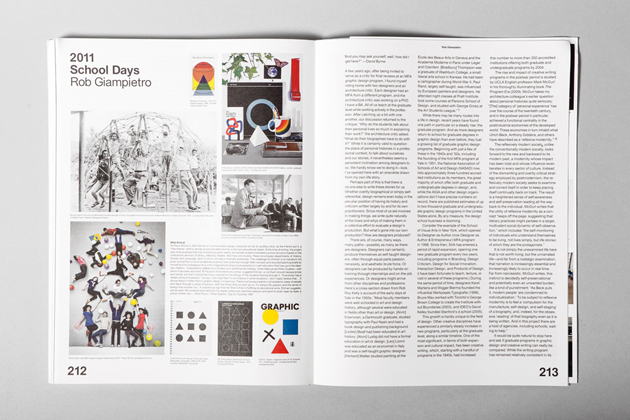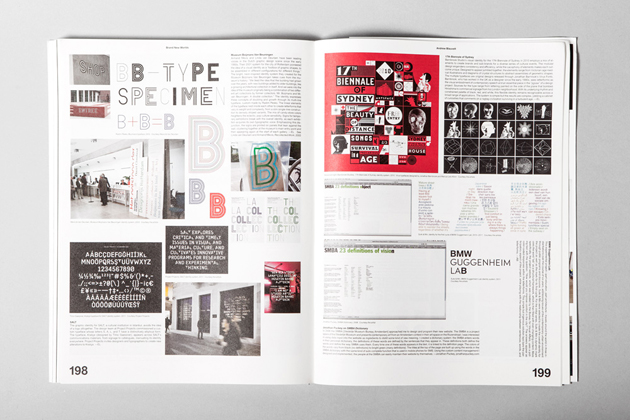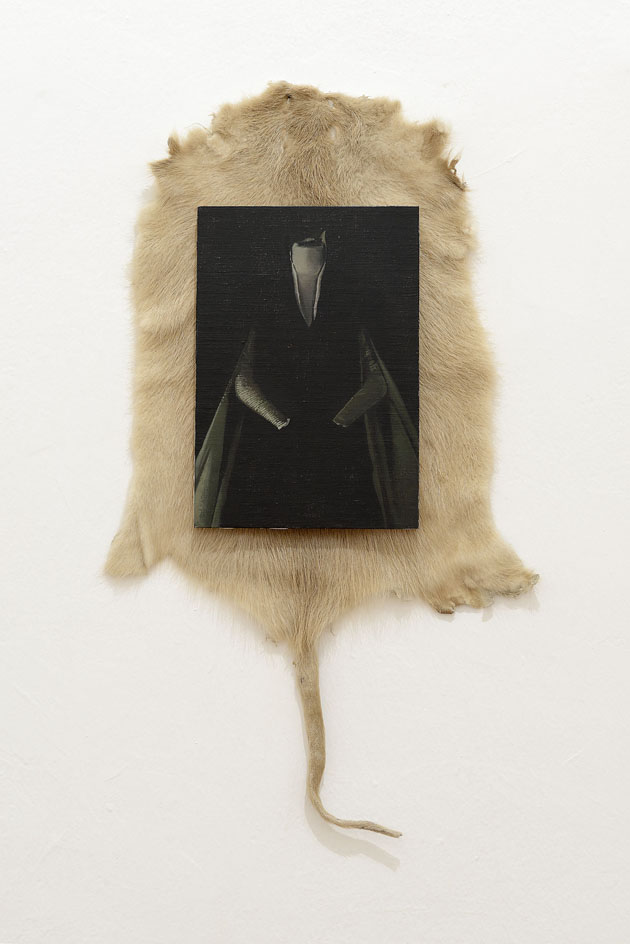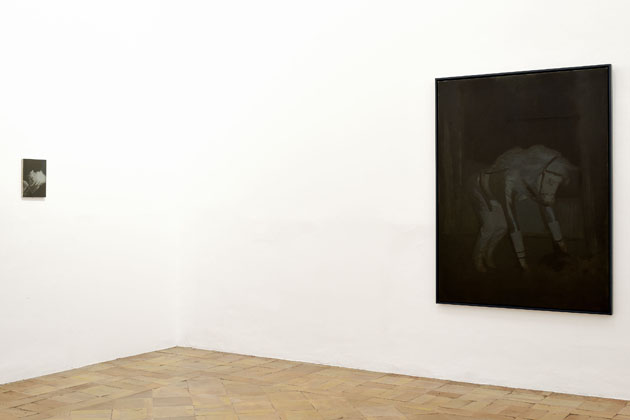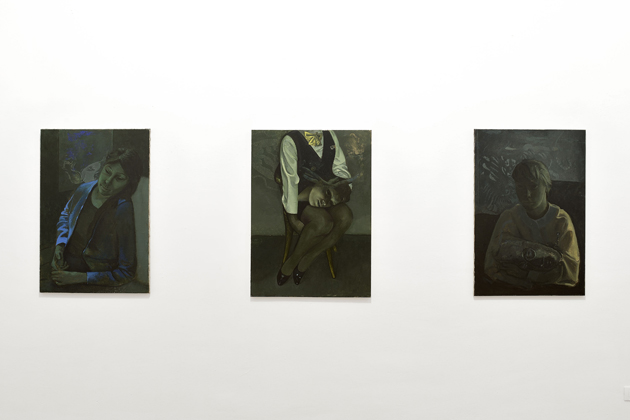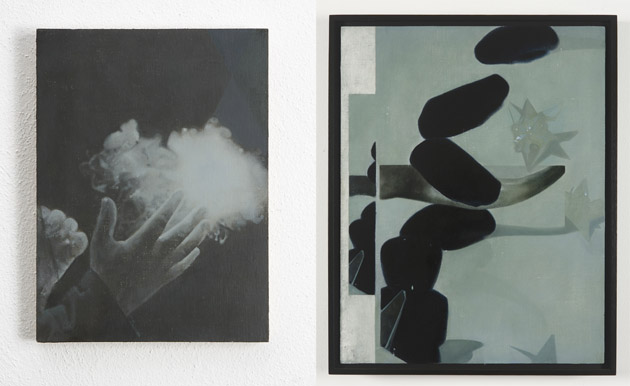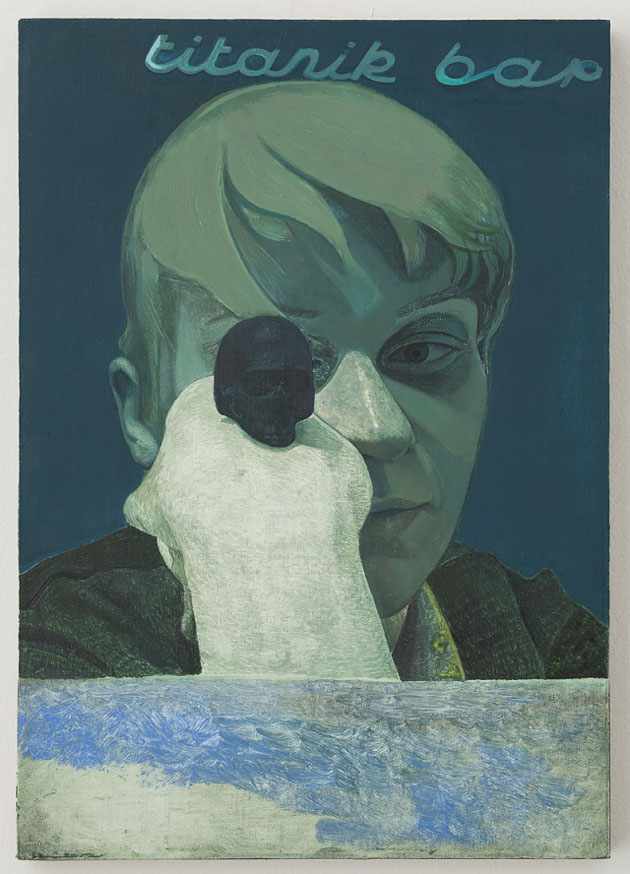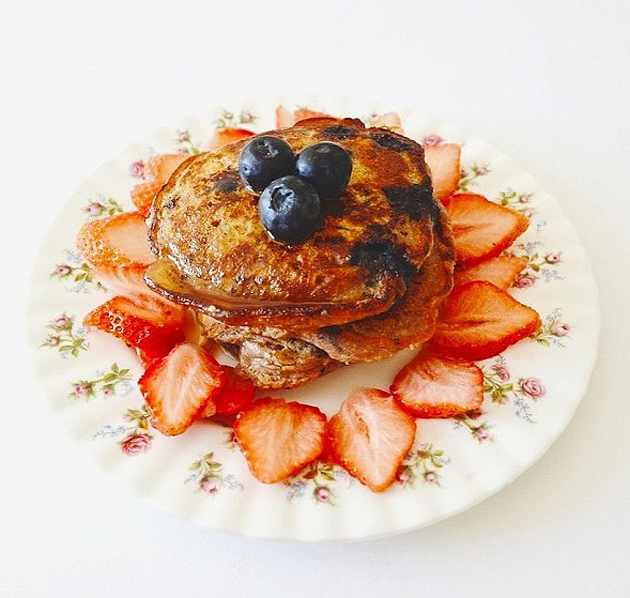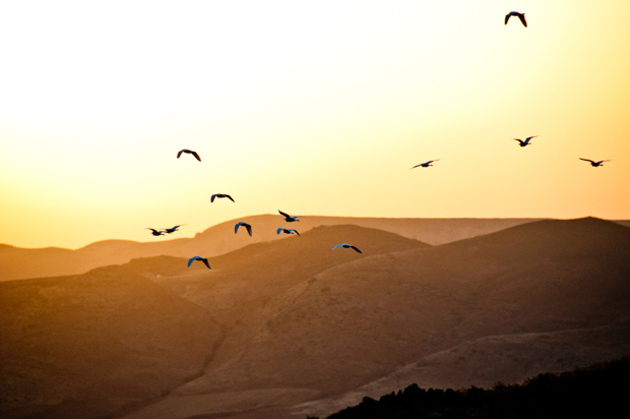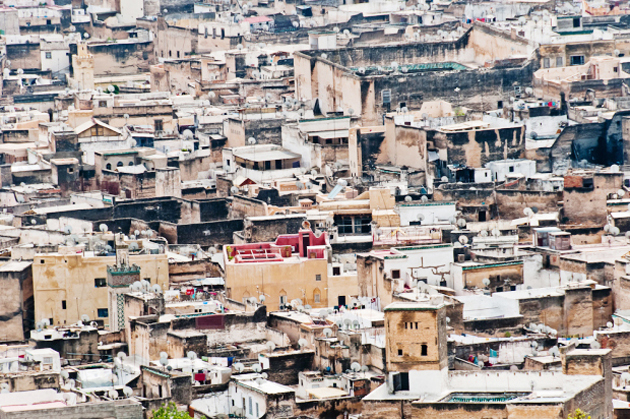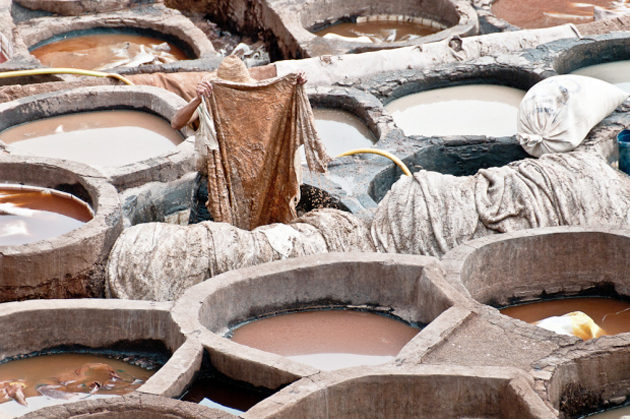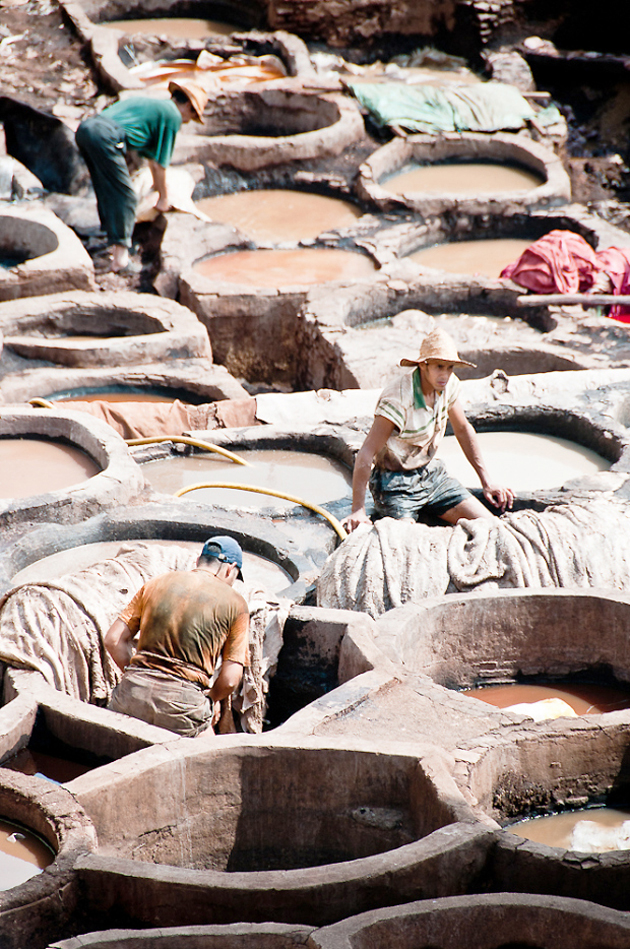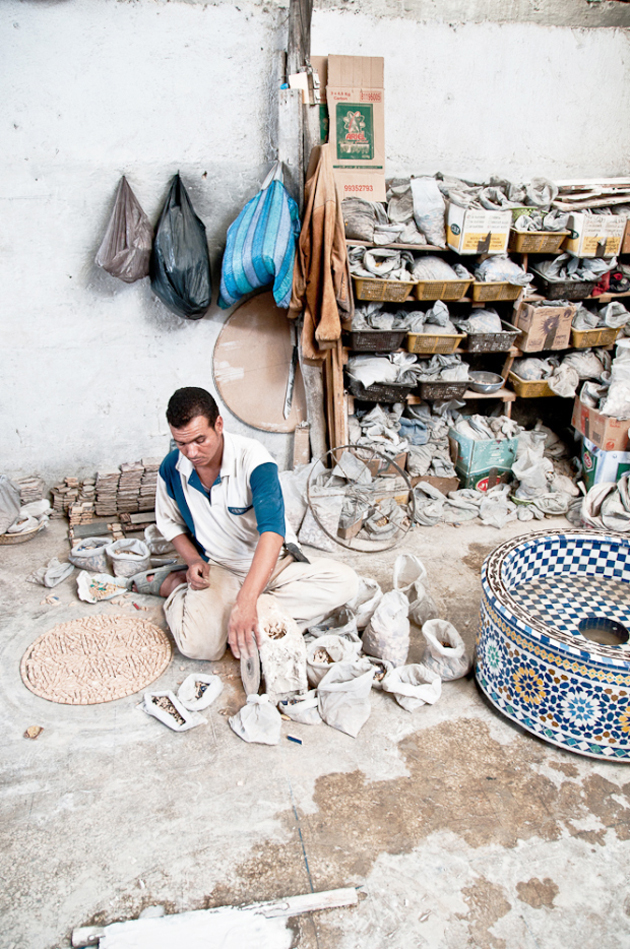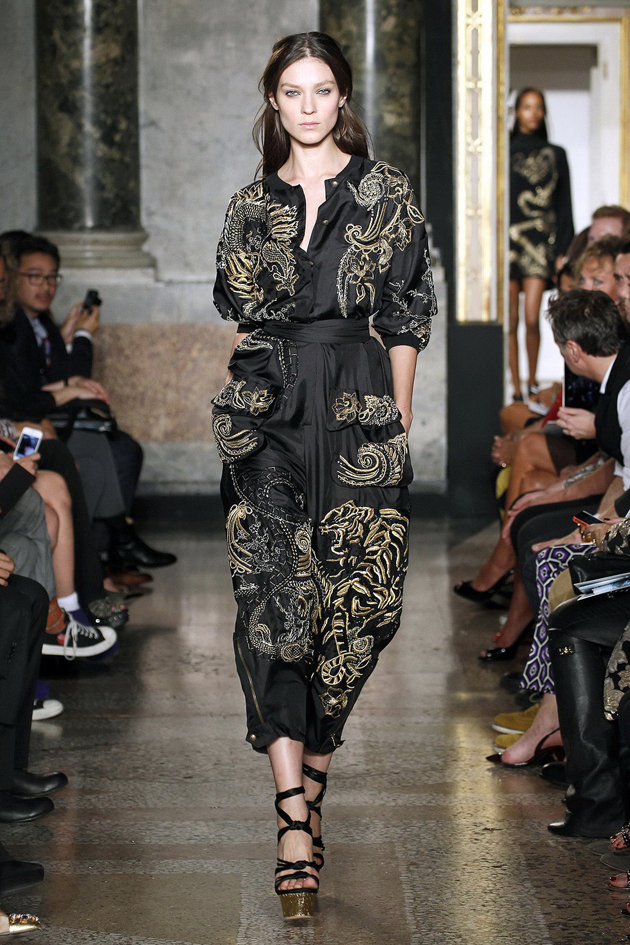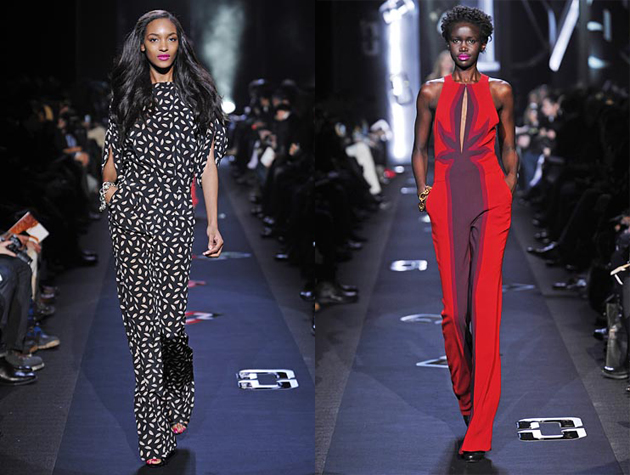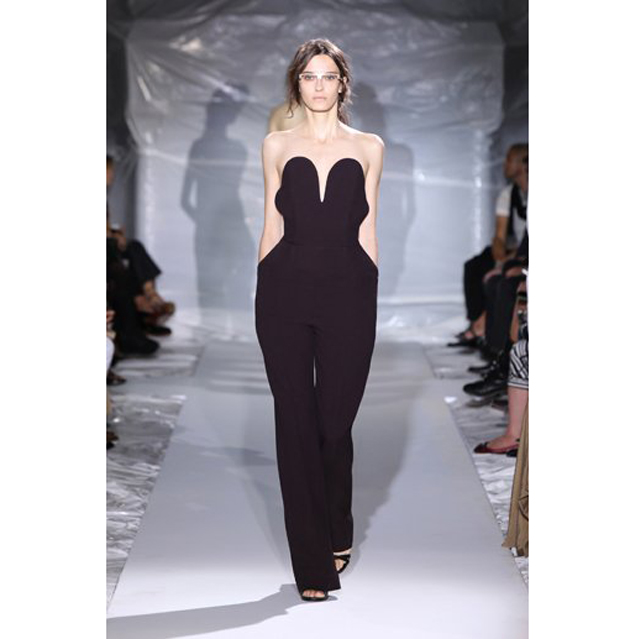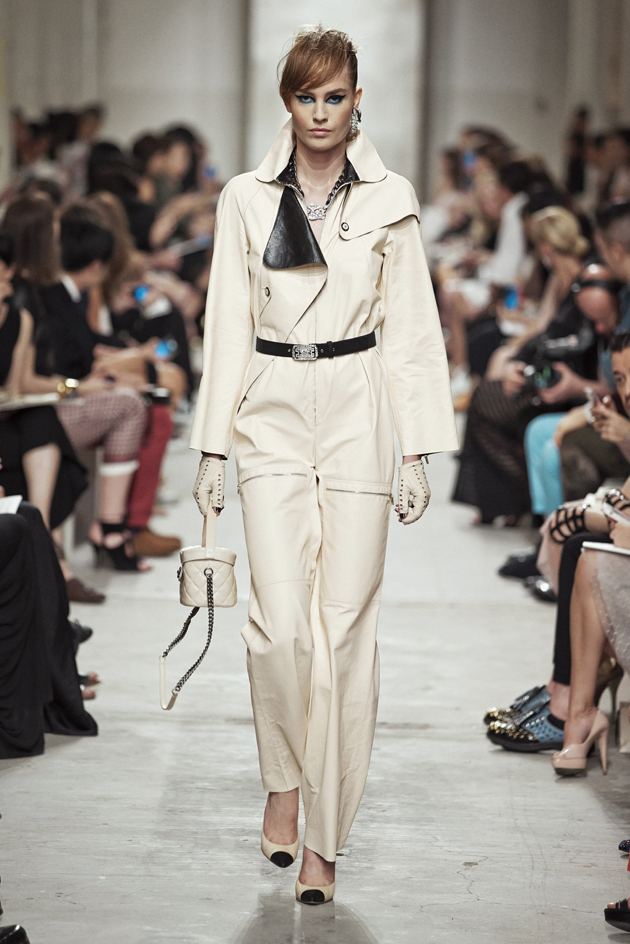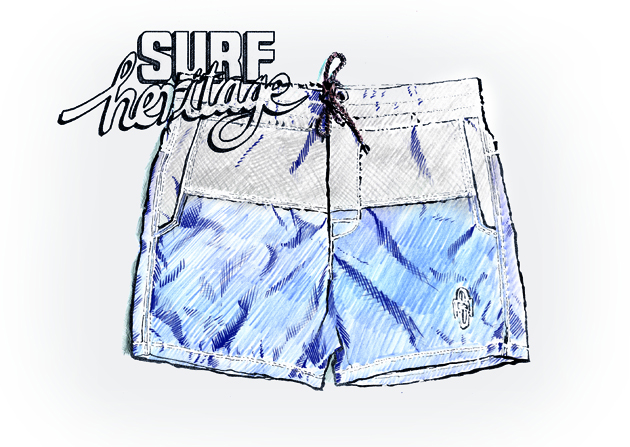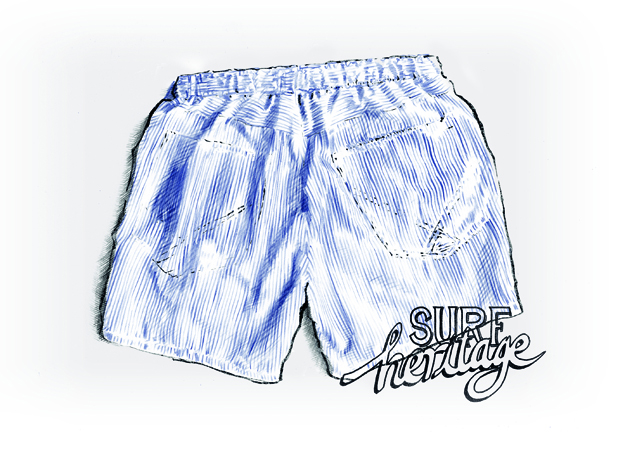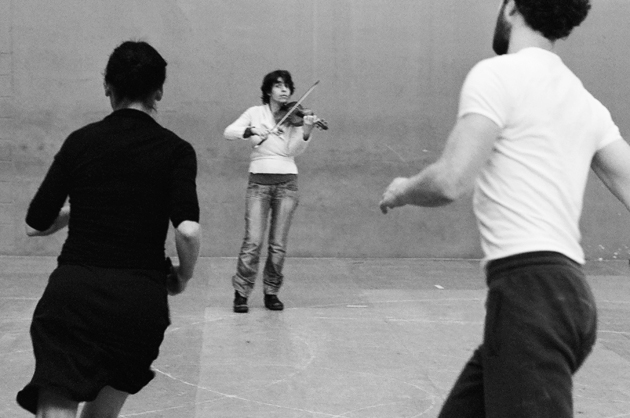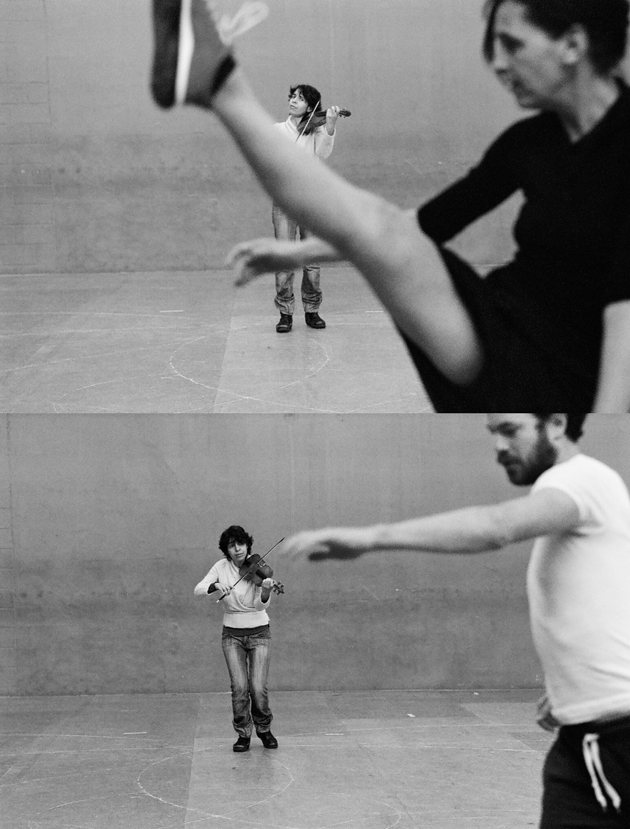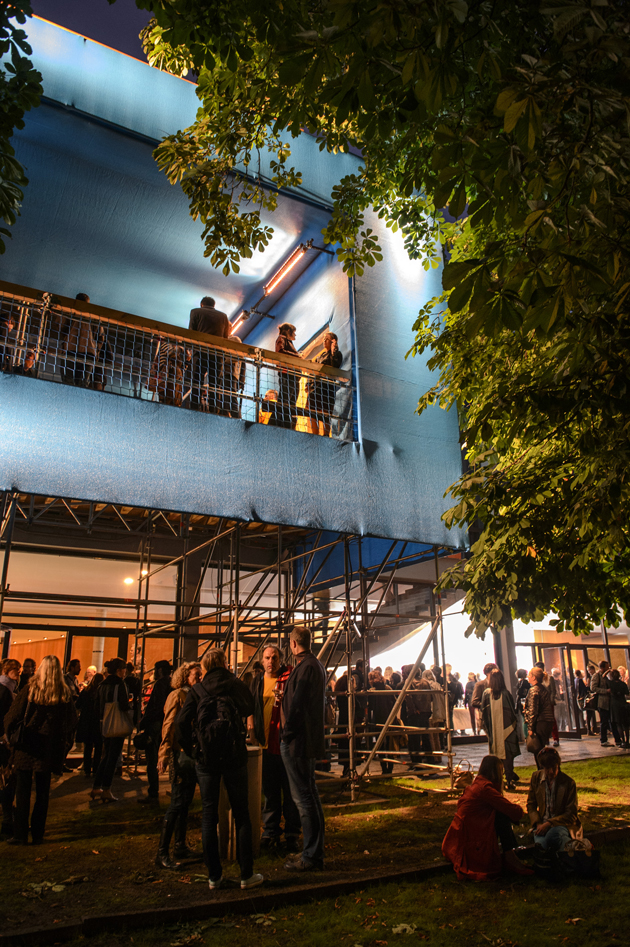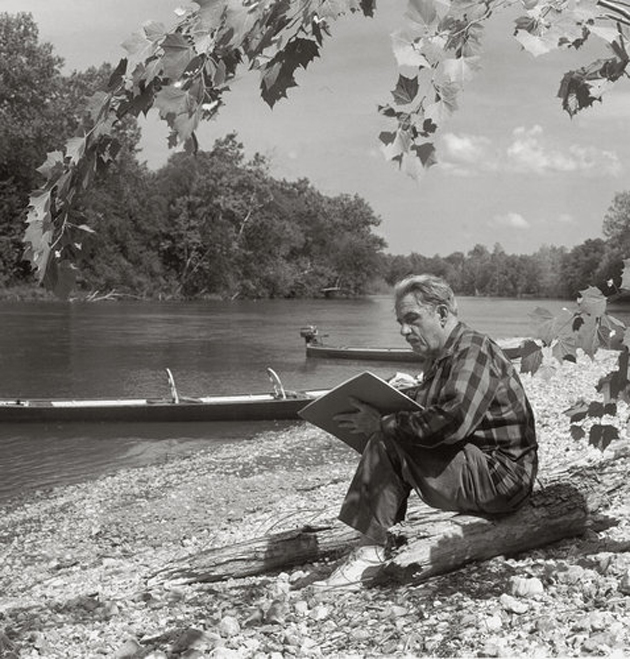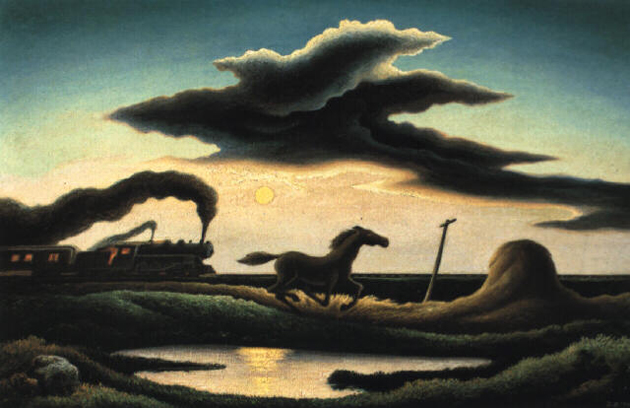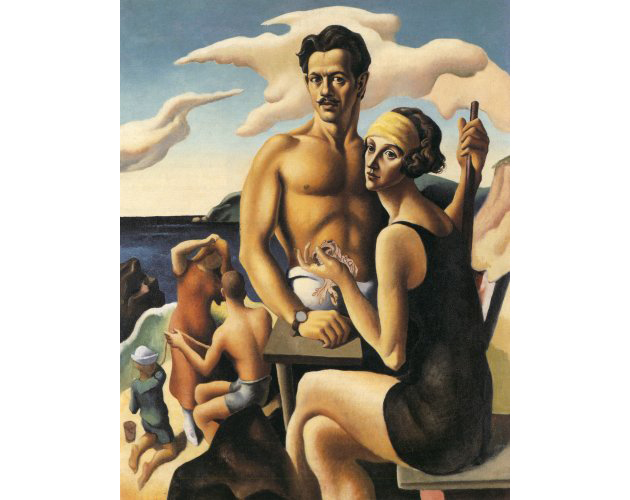Wading through the internet to find a solid music site can at times be like digging holes in water — tiresome, pointless, frustrating. So imagine our surprise when we stumbled onto The Talkhouse, a new artist-to-artist site that lets artists review each other’s work. It’s pure music-geek paradise: Kanye West’s polarizing Yeezus dissected (and admired) by the ever-polarizing and cantankerous Lou Reed, The Fiery Furnace’s Matthew Friedberger taking a jealous stab at Vampire Weekend’s Modern Vampires of the City, Andrew W.K. eagerly writing about Robert Pollard being a “cum engine” of American songwriting. In an online culture where any dupe with a wifi connection can double as a self-righteous critic, it’s refreshing to see a site devoted to cultivating an engaging dialogue between musicians from different genres, many of whom would otherwise never cross paths. The Talkhouse is engaging and worth every scroll. Where else are you going to get Laurie Anderson talking about Animal Collective?

The Talkhouse is helmed by Michael Azerrad, the author who wrote the book about the 80s American underground (“Our Band Could Be Your Life”) as well as the defining biography on Kurt Cobain (“About A Son”). The concept, he said, was simple: get musicians writing. Here’s how it works: An artist picks an album to review, and the musician whose album is being reviewed has the open invitation to respond to the critique. Sadly, few do. (Kanye West responding to Lou’s review of Yeezus? Yes please.) Many of the writers and musicians on board have never written a review, disdain critics, and write pieces too long to ever appear in print. Thankfully, there are no lists or grades. Often the writers get off topic, which is kind of the point. Randy Blythe, the singer from the metal band Lamb of God, summed up Talkhouse’s sentiment nicely in his recent review of Crime and the City Solution’s American Twilight. “This is my first stab at being a ‘rock critic,’ a profession that normally makes me think of stabbing in an entirely different way.”
Lane Koivu
